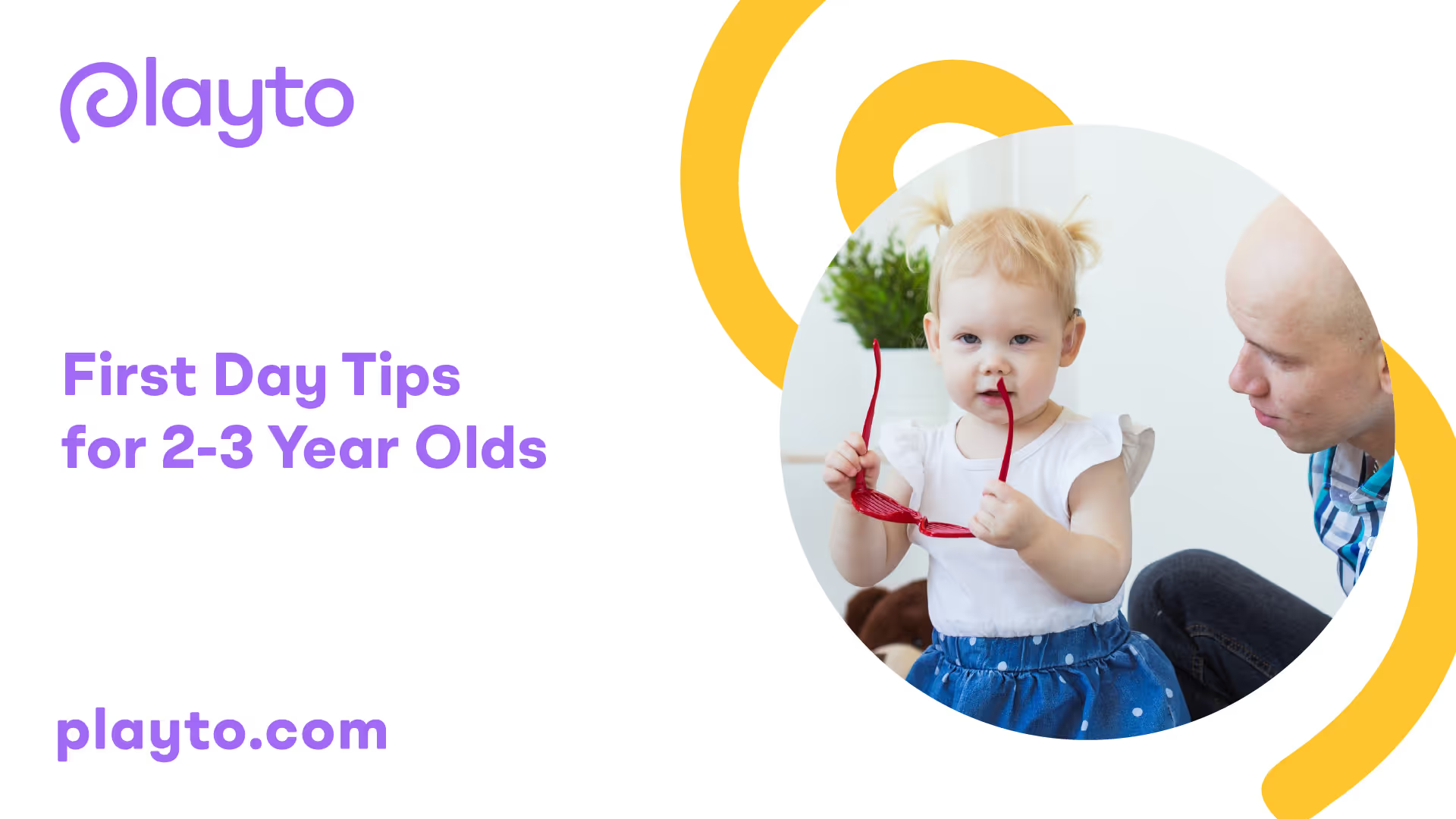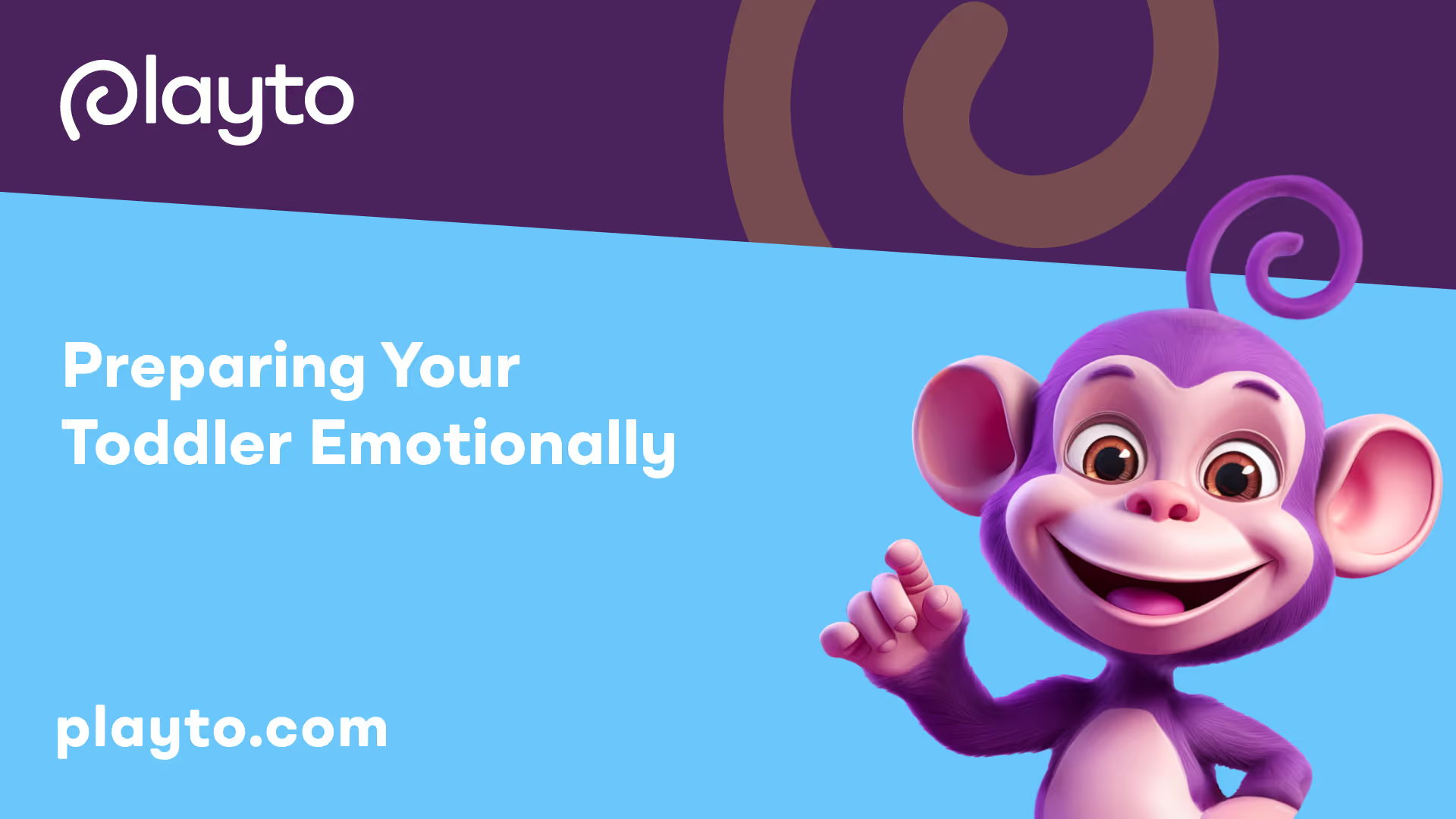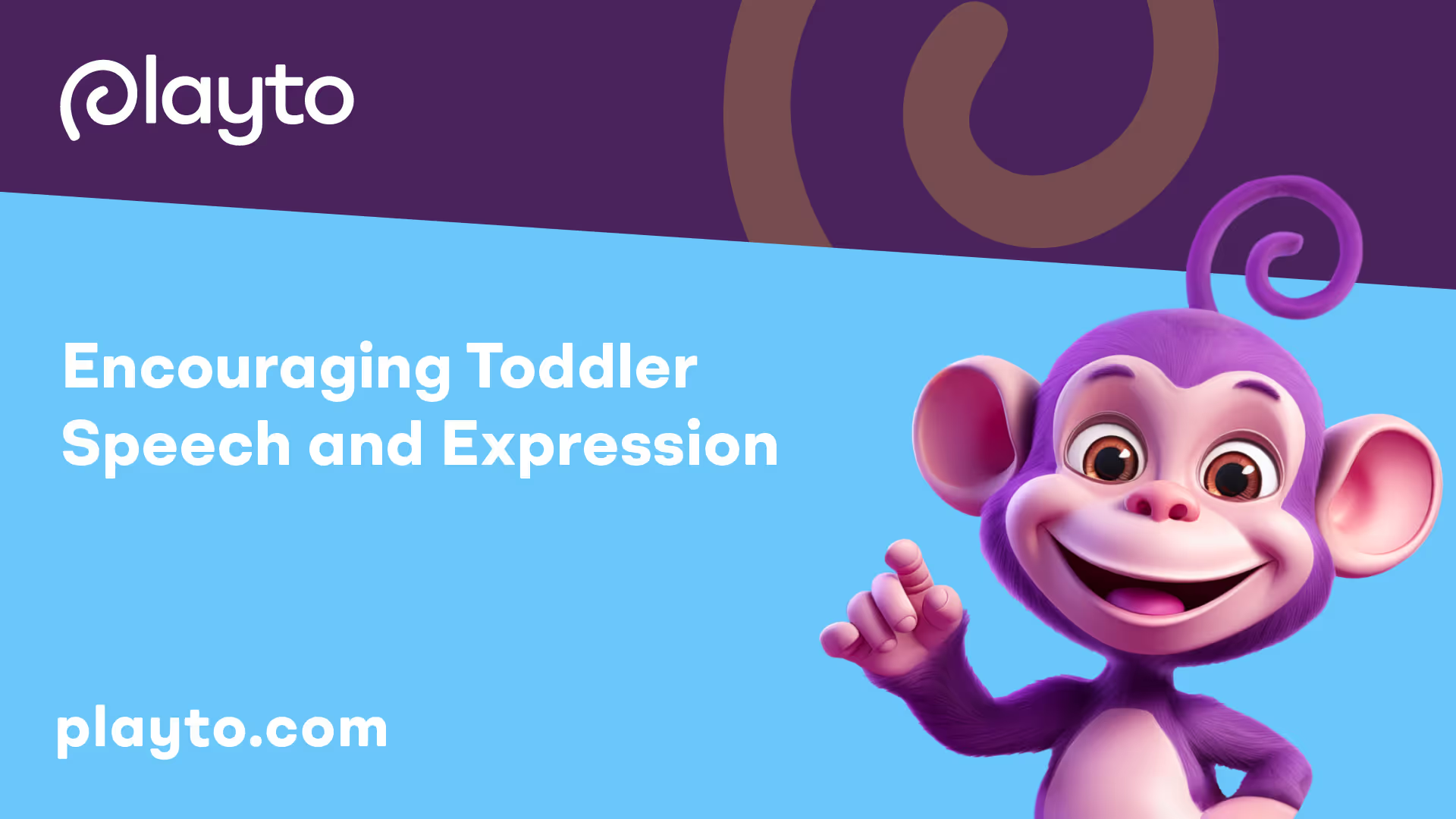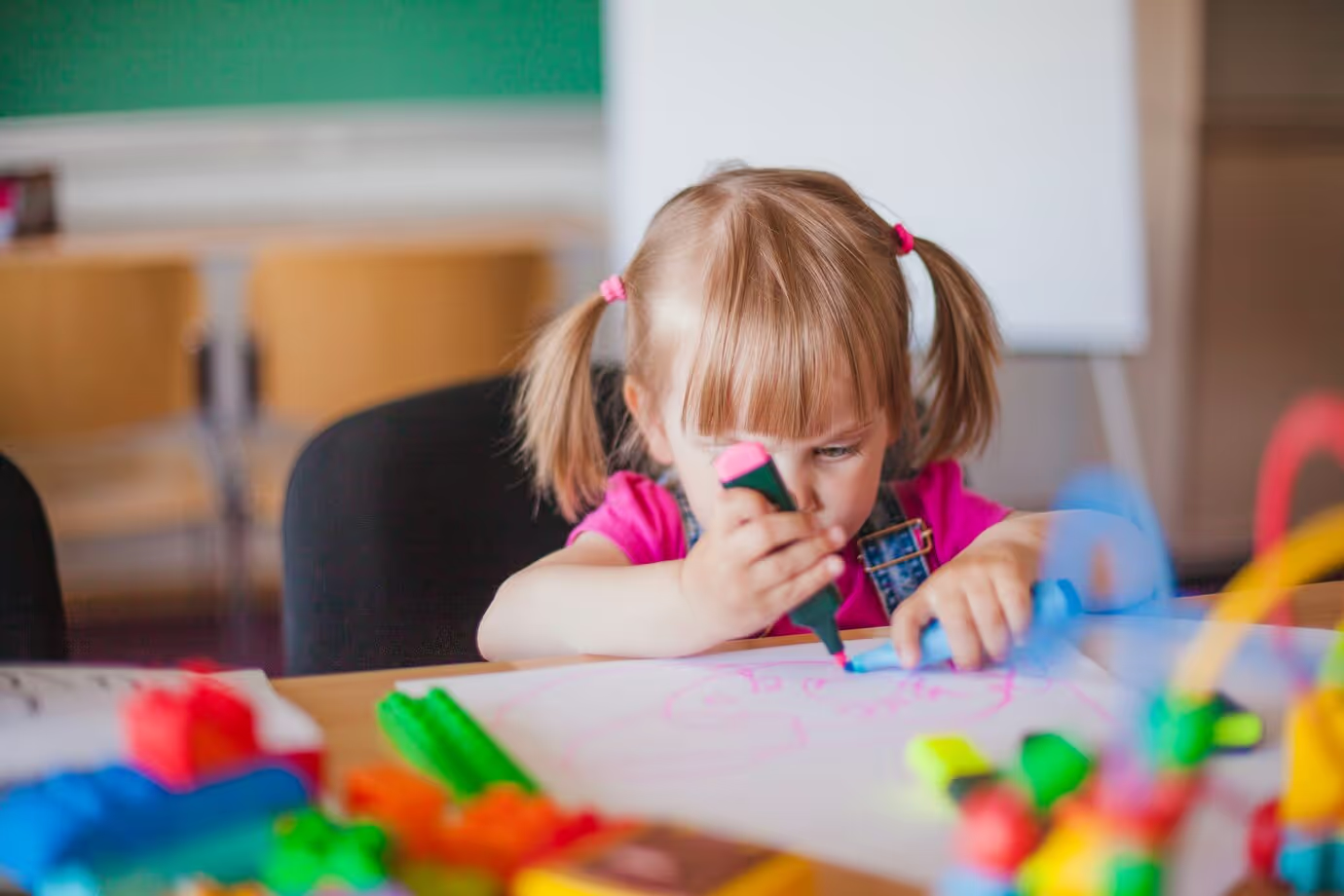
Tips for a Smooth Transition to Daycare
Successfully transitioning a toddler to daycare requires careful planning and attention to their emotional well-being. Establishing routines and preparing them mentally can make a significant difference.
Establishing Routines at Home
Routines provide comfort and security for toddlers, helping them learn self-control and trust their caregivers. Consistent routines allow young children to know what to expect throughout the day, promoting a sense of safety. As suggested by Zero to Three, routines can guide positive behavior and provide instruction on actions that promote health and safety, such as washing hands before meals and holding hands when crossing the street.
Routine Element Description
- Morning Routine: Waking up, dressing, and having breakfast at the same time each day for predictability.
- Transitioning: Giving a heads up about upcoming activities to ease the change, similar to how adults feel about work interruptions.
- Evening Routine: Consistent bedtime practices, including storytime, to provide a calming end to the day.
Implementing a specific and consistent routine from the first day at daycare is crucial for children to feel confident. Visual schedules, using movable arrows to indicate the flow of activities, can be particularly helpful for toddlers experiencing separation anxiety [1]. Incorporating a preschool clock that utilizes colors and animals for timekeeping can also facilitate smoother transitions.
Preparing Your Toddler Emotionally

Emotional preparation for daycare can alleviate some separation anxiety that toddlers might experience. Parents should engage with their children by explaining daycare routines, meeting the teachers beforehand, and visiting the school together. Role-playing scenarios and reading books about starting school can also help toddlers familiarize themselves with their new environment.
Here are some strategies to prepare a toddler emotionally:
- Playdates: Setting up playdates with future classmates can help children establish connections before the first day.
- Positive Mindset: Maintaining a positive attitude about daycare sets a reassuring tone for the child.
- Familiarization: Using books or stories about daycare can help toddlers visualize their new experiences.
By focusing on establishing routines at home and preparing emotionally, parents can facilitate a smoother transition to daycare for their toddlers. For more information on the benefits of daycare for young children, visit our article on benefits of daycare for 2-3 year olds.
First Day Preparation
Preparing toddlers for their first day of daycare is an important step in ensuring a smooth transition. Two key aspects of this preparation include exploring the school environment and building connections with teachers.
Exploring the School Environment
Familiarizing a child with their new daycare setting can significantly help reduce separation anxiety. It is beneficial to visit the daycare prior to the first day. During this visit, parents should walk through the classroom, common areas, and play areas to help the child become accustomed to their surroundings. Engaging in this exploration allows the child to feel more comfortable and confident about the upcoming transition.
Activities during the visit can include:
- Touring the facilities
- Meeting other children
- Exploring play equipment
Having these experiences beforehand helps in building a sense of familiarity. Parents may also wish to play games that involve using the daycare resources to simulate a typical school day. For more information on the positive impacts of daycare, check out the benefits of daycare for 2-3 year olds.
Building Connections with Teachers
Establishing a positive rapport between toddlers and their teachers can greatly enhance their comfort level. Meeting the teacher before the first day allows the child to see a friendly face when arriving at daycare. Parents can facilitate this by scheduling a short meeting or informal playtime.
Here are strategies to foster the connection:
Activity Description
- Teacher Introduction: Introduce the child to their teacher and allow for interactive play.
- Classroom Exploration: Encourage the child to explore learning materials guided by the teacher.
- Story Time: Participate in a story session where the teacher reads to the group.
These interactions prepare the child for positive experiences in daycare, encouraging them to feel secure and engaged in their new learning environment. Additionally, parents should maintain open communication with teachers to ensure that they can address any concerns that may arise. Building this connection helps to ease the child's transition, paving the way for emotional security and engagement in activities.
For more insights into promoting social development, refer to our article on social skills at daycare.
Strategies for Effective Communication
Effective communication is key to helping toddlers adjust to daycare. In this section, we will discuss two essential strategies: encouraging toddler speech and expression, and providing clear instructions.
Encouraging Toddler Speech and Expression

Encouraging toddlers to communicate helps them express their needs and desires. Allowing them to make small choices can significantly improve their verbal skills. For example, when it's time to get dressed, caregivers can ask, "Do you want to wear your tiger shirt or your dinosaur shirt?" This approach makes them feel valued and promotes language development [3].
In addition, it's crucial to observe toddlers for nonverbal cues. If they are not using words and gestures effectively, it is advisable to consult a child health professional for guidance.
To foster a language-rich environment, caregivers can engage in interactive play, read stories aloud, and encourage storytelling. Creating opportunities for social interactions with peers can also help improve their communication skills. For more information on social development, explore our article on social skills at daycare.
Providing Clear Instructions
Toddlers benefit from clear and simple instructions, especially when transitioning between activities. Providing a "heads up" before moving to a new activity is respectful and helps them adjust. Abrupt changes can be difficult for toddlers, similar to how adults struggle with interruptions in their work.
Using straightforward language and maintaining a calm and patient demeanor aids in comprehension. For example, when transitioning to clean-up time, a caregiver might say, "In five minutes, we will clean up the toys. First, let’s finish playing." This statement conveys expectations while giving the toddler time to prepare.
To facilitate smoother transitions, caregivers can implement visual schedules that represent the day's activities. This method enhances the child's understanding of what to expect and promotes routine adherence. Transition activities not only help with self-regulation but also support the development of social-emotional skills.
By implementing these communication strategies, caregivers can foster a positive environment for toddlers, making their first day at daycare a successful one. For more insights on maintaining a positive experience during initial transitions, refer to our article on the benefits of daycare for 2-3 year olds.
Coping with Separation Anxiety
Separation anxiety is a common issue for toddlers as they begin daycare. Understanding how to support young children during this transition can help ease their emotional challenges.
Handling Emotional Challenges
Toddlers often experience a range of emotions when separated from their caregivers, including sadness, frustration, and anxiety. To effectively handle these emotional challenges, parents and caregivers should establish predictable routines. Consistent routines provide comfort and a sense of safety, helping children trust that their needs will be met. Routines also facilitate essential learning opportunities, enhancing self-control, curiosity, and social skills [6].
Emotional Challenge Strategy
- Sadness Upon Separation: Maintain a calm demeanor, reassure the child about reunification, and use a consistent goodbye ritual to create predictability.
- Frustration with New Situations: Encourage verbal expression or play to process feelings. Use tools like a preschool clock with colors and animals to help with understanding transitions.
- General Anxiety About the Daycare Environment: Role-play scenarios at home to discuss the daycare day, and encourage exploration of the daycare beforehand to familiarize the child with the environment.
Supporting Mental Health Skills
Promoting emotional regulation skills is vital in helping toddlers cope with separation anxiety. Parents should model calm responses to difficult behaviors. Avoid reacting dramatically to instances of bad behavior, as this can inadvertently encourage such actions for attention. Instead, praising positive behavior fosters a secure environment that encourages emotional growth.
Transition activities can also play a critical role in easing anxiety. These strategies promote self-regulation during times of change. Utilizing calming techniques, such as deep breathing or simple mindfulness exercises, can help toddlers manage feelings of frustration or disappointment.
Supporting toddlers’ mental health during their first days in daycare involves fostering an environment of trust, comfort, and understanding. Encouraging open expression of feelings, maintaining routines, and utilizing visual aids can significantly enhance their overall experience. For more insights on the advantages of daycare, explore our article on benefits of daycare for 2-3 year olds.
Navigating Transitions at Daycare
Transitions can often be challenging for young children as they adjust to new environments and routines. This section offers methods to ease these transitions, specifically by implementing visual schedules and engaging in transition activities.
Implementing Visual Schedules
Visual schedules are an effective tool for helping toddlers understand their daily routine at daycare. By providing a clear, visual representation of the day’s activities, children can anticipate what will happen next. This sense of predictability fosters confidence and a sense of control. A preschool clock that uses colors and animals instead of numbers can assist in facilitating transitions, allowing children to link specific activities with visual cues [1].
Here is an example of a simple visual schedule for a toddler:
Time Activity Visual Cue
- 8:00 AM: Arrival 🏠
- 8:30 AM: Circle Time 🔵
- 9:00 AM: Snack Time 🍎
- 9:30 AM: Playtime 🧸
- 10:30 AM: Story Time 📖
- 11:00 AM: Outdoor Play 🌳
Including these visual aids helps guide positive behavior and safety, directing children in actions that promote their health and security, such as washing hands before meals.
Engaging Transition Activities
Transition activities are essential for promoting self-regulation among toddlers. By helping children know what to expect and encouraging them to participate in their daily schedule, these activities assist in understanding the concept of time and bolster social-emotional skills [5]. Many preschool teachers recognize that the ability to transition independently is a crucial skill for children to acquire before they enter Kindergarten [5].
A few effective transition activities to consider include:
- Countdown Songs: Singing a familiar song while counting down the time until the next activity can help toddlers prepare for transitions.
- Movement Games: Engaging children in simple movement games, like "Simon Says," can redirect their energy and focus as they prepare for a change.
- Transition Objects: Providing a small object that represents the upcoming activity (like a book for story time) can help children mentally prepare for what’s next.
Utilizing visual schedules and engaging transition activities will support children in adjusting to their new daycare environment, enhancing their overall experience and growth. For more information on the benefits of daycare for 2-3 year olds and fostering their development, explore additional resources.
Enhancing Development Through Play
Play is a vital aspect of early childhood development, especially for children aged 2-3 years. Engaging in play enhances various skills and fosters social interactions. This section explores sensory and fine motor activities, as well as encouraging social interactions among toddlers.
Sensory and Fine Motor Activities
Sensory play is crucial for toddlers as it aids in building vocabulary, motor skills, and fostering pretend play opportunities. Incorporating sensory activities into daily routines can significantly enhance a child's learning experience.
Activity Type Description Benefits
- Sensory Bins: Fill with materials like rice, beans, or sand to encourage tactile exploration and vocabulary development.
- Playdough: Use for molding and sculpting to develop fine motor skills.
- Water Play: Engage in pouring and measuring activities to teach cause and effect and refine motor skills.
- Arts and Crafts: Involve toddlers in painting and coloring to foster creativity and sensory play.
Fine motor skill development is essential, as it helps with activities like pencil grip, handwriting, and the use of scissors, which are critical skills expected in elementary school. Providing toddlers with various tools and mediums can enhance their fine motor abilities and creativity.
Encouraging Social Interactions
Creating opportunities for social interactions helps toddlers develop important social skills. During playtime and mealtime, children learn how to greet, share, take turns, and engage in conversations, fostering a sense of community and belonging.
Transition activities and strategies also play a role in promoting self-regulation and social-emotional skills. Preparing toddlers for what to expect helps them adapt to shifts in their environment, enhancing their overall emotional development.
Activities that promote group play, such as cooperative games or group art projects, can further strengthen social skills. Encouraging children to work together not only builds friendships but also teaches them valuable lessons about teamwork and communication. For more insights, refer to our content on social skills at daycare and the benefits of daycare for 2-3 year olds to understand how these interactions positively impact development.
References
- [1]: https://teaching2and3yearolds.com/transitions-with-toddlers-in-classroom/
- [2]: https://www.parents.com/toddlers-preschoolers/starting-preschool/separation-anxiety/overcoming-separation-anxiety/
- [3]: https://childmind.org/article/talking-to-toddlers/
- [4]: https://raisingchildren.net.au/toddlers/connecting-communicating/communicating/toddlers-talking
- [5]: https://www.lwtears.com/blog/
- [6]: https://www.zerotothree.org/resource/creating-routines-for-love-and-learning/
- [7]: https://ohheyletsplay.com/home/activities-for-1-2-year-old-toddlers/
